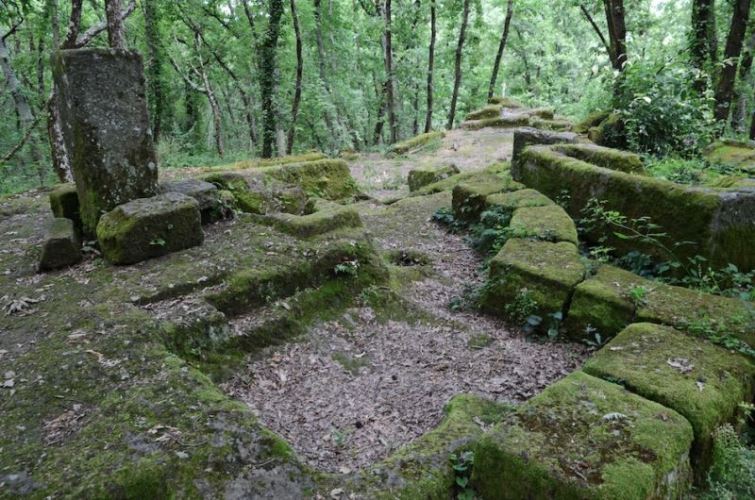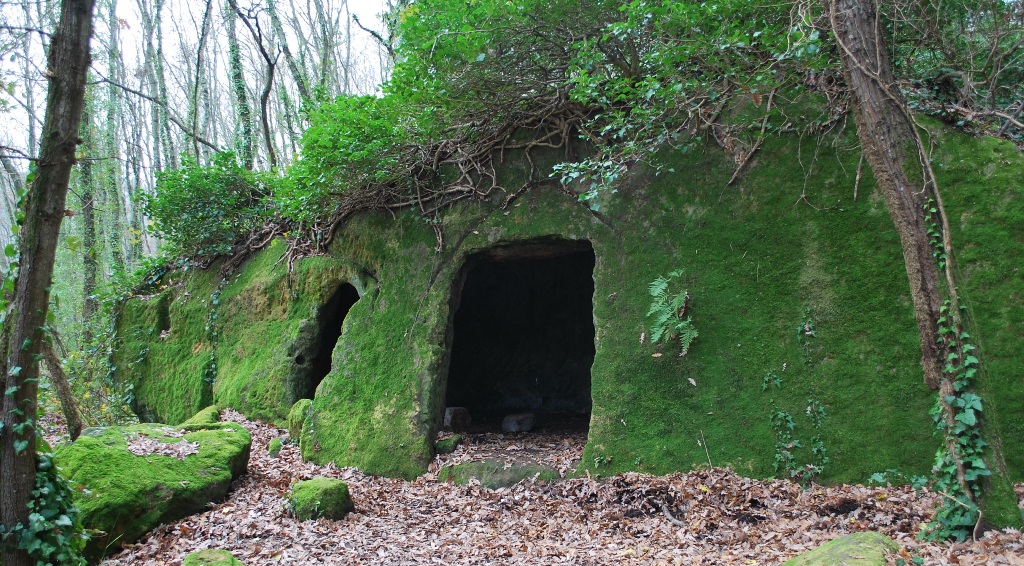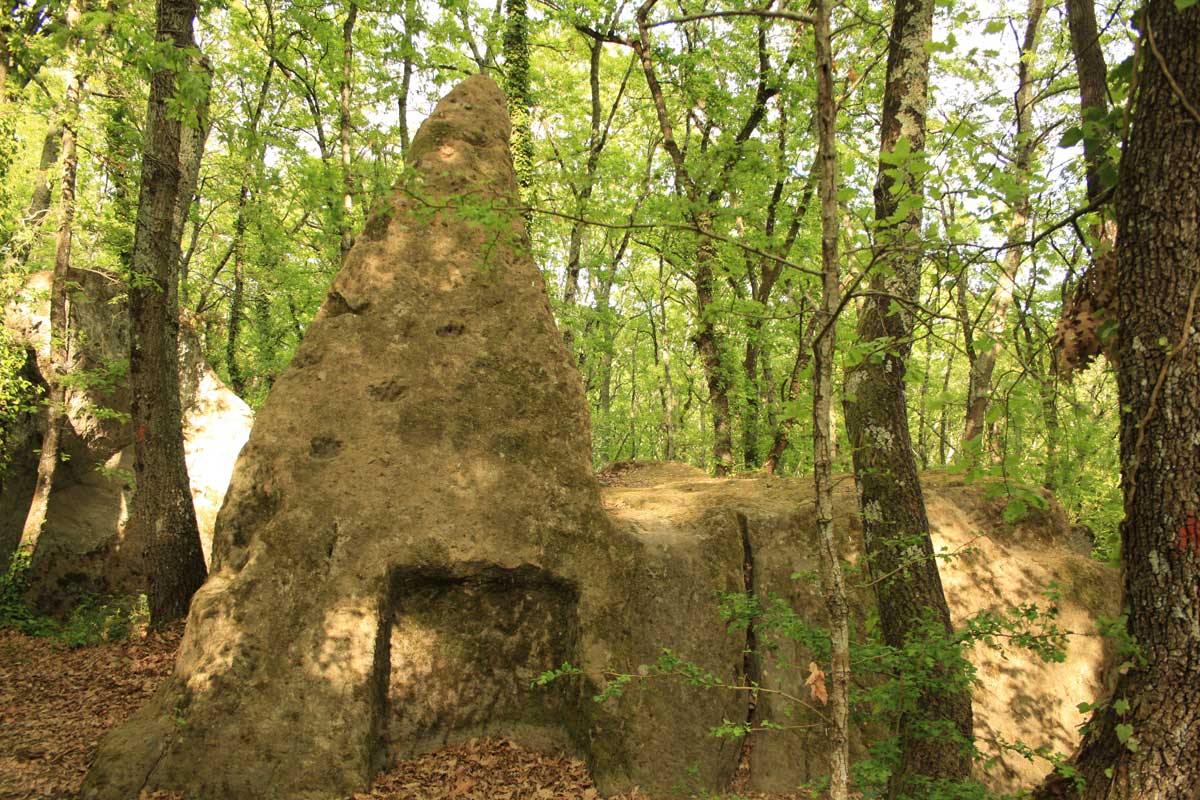The Forgotten Pyramid Of Bomarzo
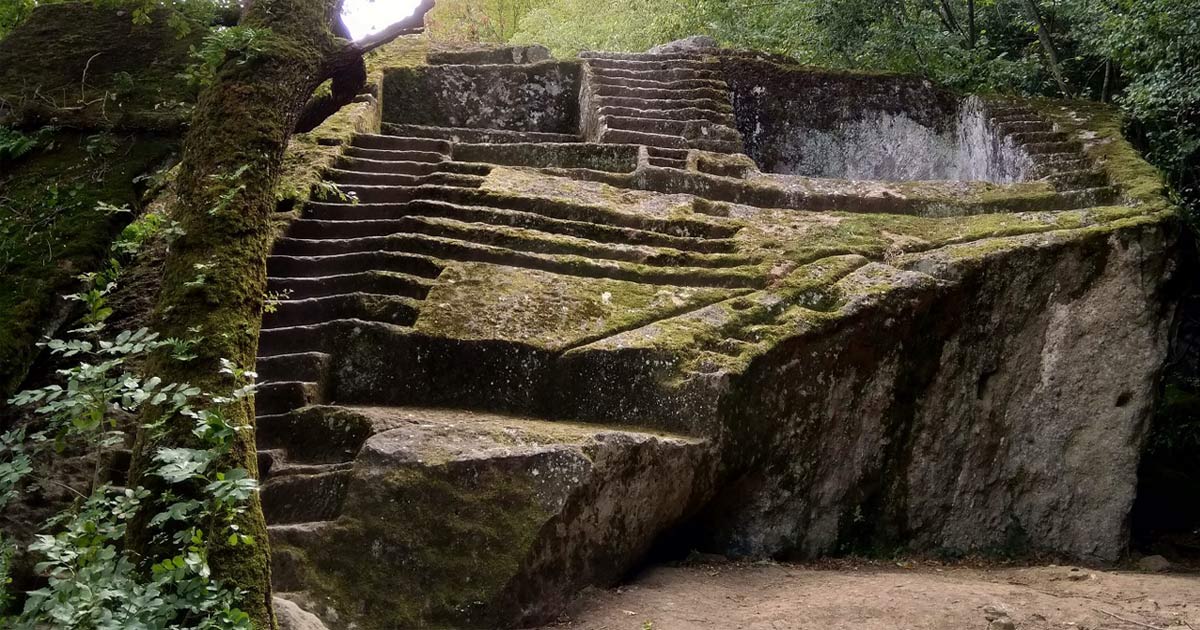 Officially attributed to the Etruscans, the megalithic Pyramid of Bomarzo is hidden in the woods of Bomarzo, a municipality in the Lazio region.
Officially attributed to the Etruscans, the megalithic Pyramid of Bomarzo is hidden in the woods of Bomarzo, a municipality in the Lazio region.
Discovered in 1911, it has never been investigated by archaeologists and was completely abandoned for almost a century.
It’s only in 2008 when a passionate local named Salvatore Fosci decided to take care of the structure that was submerged by the vegetation by cleaning it as well as the path leading to it, that the pyramid became known to the public.
Even though the pyramid made the news after being “rediscovered”, it is still overlooked by historians and archaeologists, who don’t really know how to justify the origin or the purpose of the pyramid, with the only official hypothesis maintaining it was a sacrificial altar.
The pyramid was cut directly into a single rock, it’s 16m/52.5ft in height (experts say there’s probably 7/8m still buried underground) and it’s the biggest monolith in Europe.
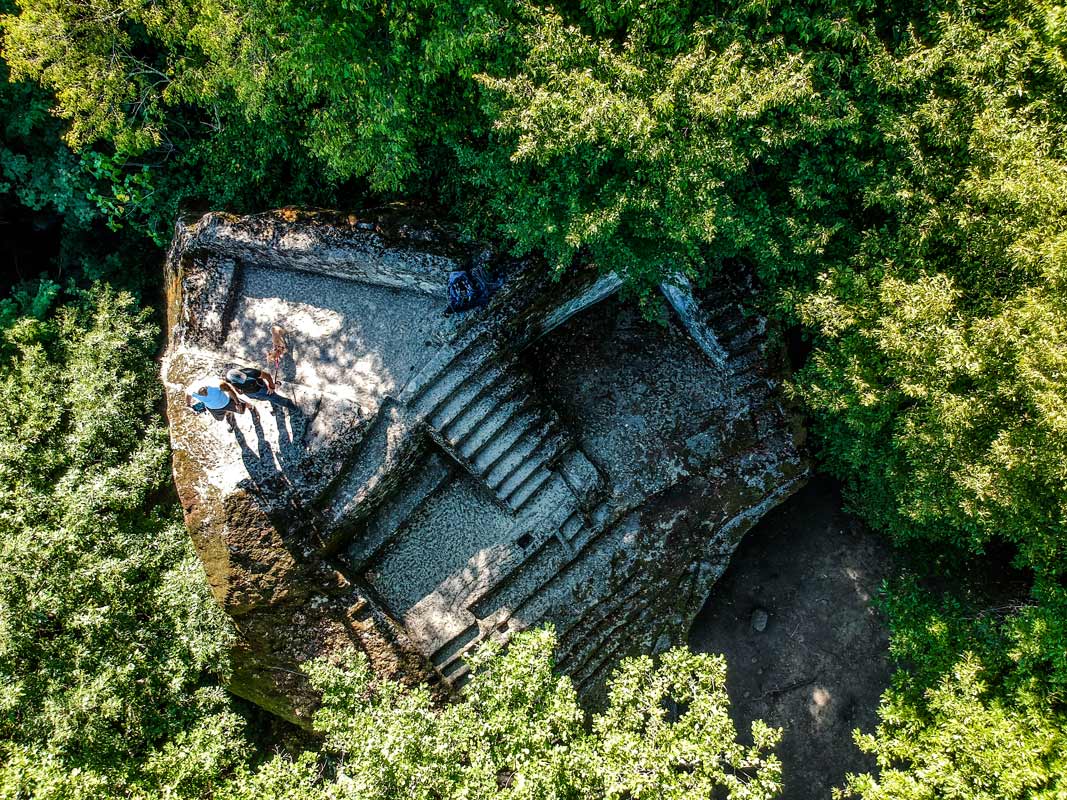
The path leading to the structure is enigmatic itself: it’s a canyon-style road carved out of the rocks, and a stone flooring that shows the infamous “cart ruts”.
The stairs present no signs of erosion or wear, making the sacrificial altar hypothesis somewhat illogical.
Moreover, the two rows of steps are very steep and difficult to climb, which would’ve made it not an easy task for the alleged priests to perform sacrifices.
The pyramid is oriented towards the middle cardinal points, which is typical of the pre-Etruscan temples and overall common with the oldest megalithic structures on the planet.
The right side of the structure shows another ramp of stairs that lack the left side, as it was mysteriously cut along its entire length for no apparent reason.
The pyramid displays many of the common elements of the megalithic builders, like the so-called “square marks” present in almost every megalithic structure, from South America to Egypt, Japan, India, Turkey, and Greece.

All around the area surrounding the pyramid, several remains of megalithic structures can be spotted, which stand as a shred of clear evidence that the site was much bigger than what we can perceive today.
